In 2009, Bacason was among a group of photographers invited by a local organization to photograph a garbage dump in Manila where a whole community of people eke out a living by scavenging and making charcoal. At first he was reluctant to take on what he perceived as just another poverty story and didn’t expect anything special to come from the experience. “When we entered the complex and saw how extreme their living conditions were, it hit me like a ton of bricks… The noxious smell coming from garbage and burning wood was instantly suffocating but you can see little kids running around in dirty, torn clothes and adults going about and flashing smiles at you as you pass by,” writes Bacason. “…They’ve given me a stark reality to reflect on and a hard lesson in life and I am still to give back something in return.”
Instead of making pictures that highlighted the extreme conditions of the dump, he chose to focus on the surprising smiles and humanity that persisted in spite of the conditions. “I saw individuals rather than a cluster of poverty-stricken people,” remembers Bacason. “I wanted them to look into the lens and out to the audience, to make that connection.”
Bacason was first exposed to photography as a child when his father brought home a 35mm Zenit SLR camera. He didn’t start using a camera seriously, however, until after college in 2004 when he began working as a news correspondent for the Philippine Daily Inquirer, a national newspaper. “From appreciating photo stories, I eventually started getting interested in the process of making journalistic photos and reading lots of resources online,” recalls Bacason. “The social media sites that started emerging in the early 2000′s also helped me a lot in being exposed to the right groups and persons who have been known locally for their documentary photography works, such as Geric Cruz, Luis Liwanag, and the ballsy Alex Baluyut.”
“The Filipinos’ spirit of resilience, the stern resolve to pursue happiness in the face of overwhelming odds, is one trait that hopefully comes across in my work – that we can also be as diverse and fulfilled as the wealthiest nations.”
Bacason lives in Manila with his wife Patty and their five-month-old daughter Cassy. Click here to visit Jed Bacason’s website and view more of his work.
- Patrick Traylor, ptraylor@denverpost.com

A mother and her child cool off in a park in Manila on a hot summer day. The city is dotted with parks and other places where the residents can sit down and relax. These places are also sometimes venues for petty crimes and small-time crooks.
A local underground band poses for a portrait in Manila.
Portrait of an elderly Muslim woman inside the Islamic complex in Quiapo, Manila. Most of the Muslims in Manila hail from Mindanao provinces, where Islam is the main religion.
A street vendor wipes sweat off his forehead while selling rosaries and other religious items outside the church in Quiapo, Manila on a hot afternoon.
Portrait of a street vendor selling cigarettes and a large religious item on the streets of Manila.
An elderly man on the streets of Manila.
A photographer waits near the broken clock at Luneta Park for any potential customer asking for souvenir photos. Along with other resident photographers in the park, he uses film and refuses to use digital cameras because he cannot waste time and opportunities while trying to learn the new technology.
Portrait of a Luneta park photographer offering photo souvenir services to tourists and passersby.
A resident of Malabon city in Manila smokes a cigarette on a wooden bench outside the street after eating lunch.
A colorful character wears the Philippine flag in one of the rallies against the sitting heads of the government.
A street child stands beside the large monument in Manila dedicated to the hero of the Philippine revolution, Andres Bonifacio.
Street children play at the church facade in Quiapo, Manila on a slow day while their parents sell various goods and novelty items to tourists and churchgoers. They help out their parents during busy days.
Hundreds of families of scavengers eke out a living at a large garbage dump in Manila, Philippines called Happyland. The ironic name comes from the word hapilan, a local term for a dump site. Happyland scavengers forage the large mound of garbage for any recyclable materials such as plastics, bottles, and metal parts where they exchange them at nearby junk shops. Scavengers earn a measly eighty pesos (USD 2.00) for a day's work.
A scavenger cleans up a box spring of a discarded bed collected from Happyland, a large garbage dump in Manila. Most of the residents of Happyland collect recyclable materials such as plastics, bottles, and metal parts where they exchange them at nearby junk shops. They also salvage any wood from the dump and nearby construction sites for the charcoal makers to produce charcoal from. Scavengers earn a measly eighty pesos (USD 2.00) for a day's work while the charcoal makers are better off with two hundred pesos (USD 5.00).
A couple expecting a child rests outside their house in Happyland, a large garbage dump in Manila. The place and its adjacent poverty-stricken areas are also fondly called "children factory" due to the sheer number of children and pregnant women living in the community.
Portrait of the keppers of peace and security of Happyland, a large garbage dump in Manila. Most of the residents of Happyland collect recyclable materials such as plastics, bottles, and metal parts where they exchange them at nearby junk shops. They also salvage any wood from the dump and nearby construction sites for the charcoal makers to produce charcoal from. Scavengers earn a measly eighty pesos (USD 2.00) for a day's work while the charcoal makers are better off with two hundred pesos (USD 5.00).
Portrait of a resident of Happyland, a large garbage dump in Manila. Most of the residents of Happyland collect recyclable materials such as plastics, bottles, and metal parts where they exchange them at nearby junk shops. They also salvage any wood from the dump and nearby construction sites for the charcoal makers to produce charcoal from. Scavengers earn a measly eighty pesos (USD 2.00) for a day's work while the charcoal makers are better off with two hundred pesos (USD 5.00).
Children of residents of Happyland play on a makeshift billiards table. Happyland is a large garbage dump in Manila where families of scavengers and charcoal-makers call the place home. The place and its adjacent poverty-stricken areas are also fondly called "children factory" due to the sheer number of children and pregnant women living in the community.
Children of residents of Happyland play on an old, discarded bicycle. Happyland is a large garbage dump in Manila where families of scavengers and charcoal-makers call the place home. The place and its adjacent poverty-stricken areas are also fondly called "children factory" due to the sheer number of children and pregnant women living in the community.
A charcoal maker rests for a cigarette break inside one of the kilns producing charcoal in Happyland, a large garbage dump in Manila. Most of the residents of Happyland collect recyclable materials such as plastics, bottles, and metal parts where they exchange them at nearby junk shops. They also salvage any wood from the dump and nearby construction sites for the charcoal makers to produce charcoal from. Scavengers earn a measly eighty pesos (USD 2.00) for a day's work while the charcoal makers are better off with two hundred pesos (USD 5.00).
Happyland scavengers line up as they await for the garbage truck to unload trash collected from all over Manila. Most of the scavengers in Happyland come from Sitio Damayan in Barangay 105 in Tondo, Manila, Philippines. Aside from scavenging, people here also work as charcoal makers.
Two kids try to mix play with work inside Happyland, a large garbage dump in Manila. Several of the scavengers inside the complex are out-of-shool children who are forced to do their parents' work in order to augment the daily income. Scavengers earn a measly eighty pesos (USD 2.00) for a day's work.
Two tattooed teenagers loiter on a bridge in Manila while asking for money from passersby to see them jump to the murky waters some twenty to thirty feet below.
Neil Monsalud, street photographer in Manila.
Poklong Anading, an established artist in Manila.
Portrait of an elder citizen and her relatives from a local neighborhood called Daangtubo, a small community residing on a strip of land owned by the government. She has called this place home since she was in her teens and now lives with her extended family. After more than sixty years of settling infomally, residents are threatened with eviction after the government plans to reclaim the area.
Portrait of an elder citizen of a local neighborhood called Daangtubo, a small community residing on a strip of land owned by the government. After more than sixty years of settling infomally, residents are now threatened with eviction after the government plans to reclaim the area.
Portrait of a father and son living in Daangtubo, a small community residing on a strip of land owned by the government. After more than sixty years of settling infomally, residents are now threatened with eviction after the government plans to reclaim the area.
Portrait of an elder citizen of a local neighborhood called Daangtubo, a small community residing on a strip of land owned by the government. After more than sixty years of settling infomally, residents are now threatened with eviction after the government plans to reclaim the area.
Potrait of one of the elders of a local neighborhood called Daangtubo, a small community residing on a strip of land owned by the government. She is one of the settlers of the area in the mid-50's. She now lives in Daangtubo with all her sons and daughters and grandchildren. After more than sixty years of settling infomally, her family, along with other residents, are threatened with eviction after the government plans to reclaim the area.
Portrait of an elder citizen of a local neighborhood called Daangtubo, a small community residing on a strip of land owned by the government. After more than sixty years of settling infomally, residents are now threatened with eviction after the government plans to reclaim the area.
Portrait of Patty Labrador, a Psychology graduate who is now employed as an HR personnel responsible for screening applicants in one of the BPO companies in Manila.
Local band Stick Figgas performs at Cubao X, a hotspot for up-and-coming artists and musicians.
Portraits of young business process outsourcing (BPO) employees enjoying higher-than-average salaries and better standing in the society. BPO industry has been flourishing in Manila and other major cities in the Philippines since the turn of the century due to the labor force's high proficiency in the English language and low labor costs. BPO companies currently employ most of the newly graduates seeking for quick employment and high income.
All images © Jed Bacason








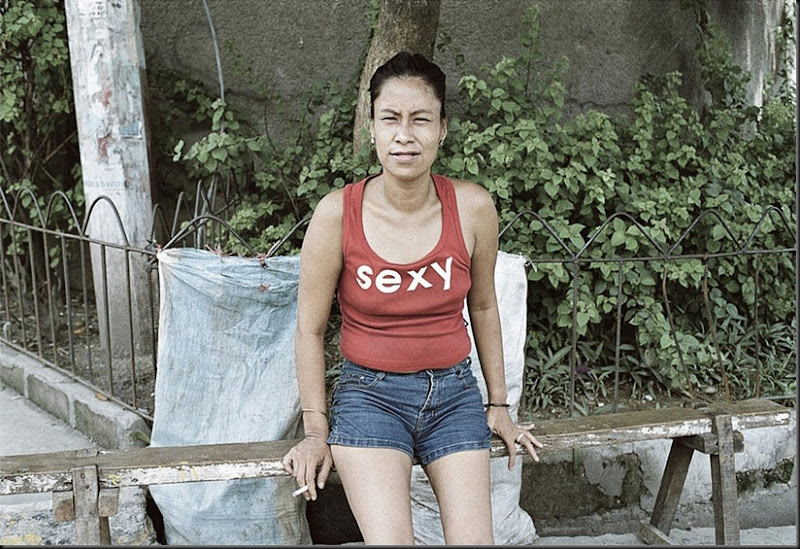





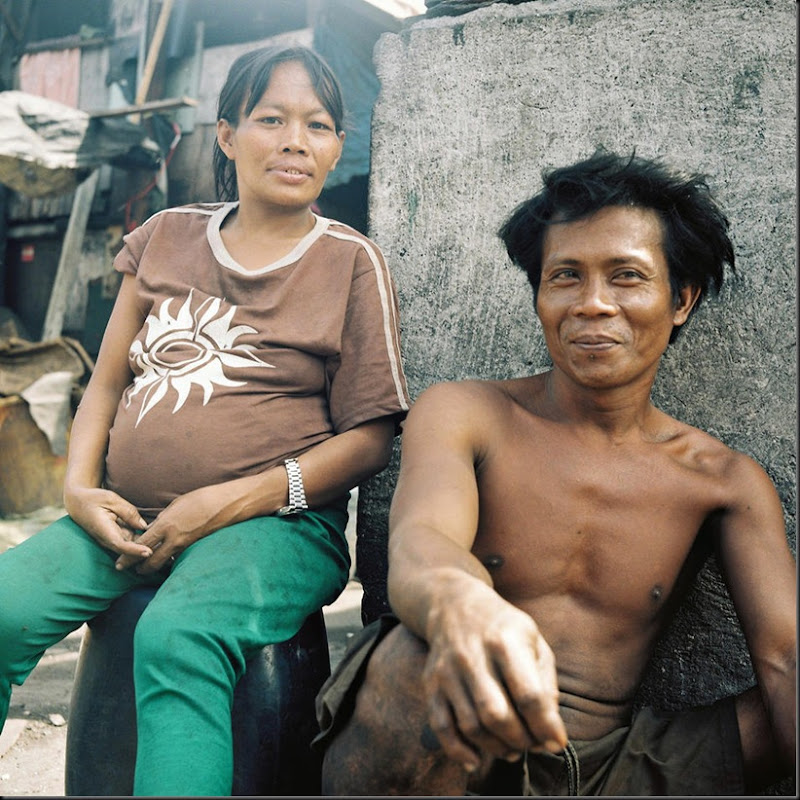





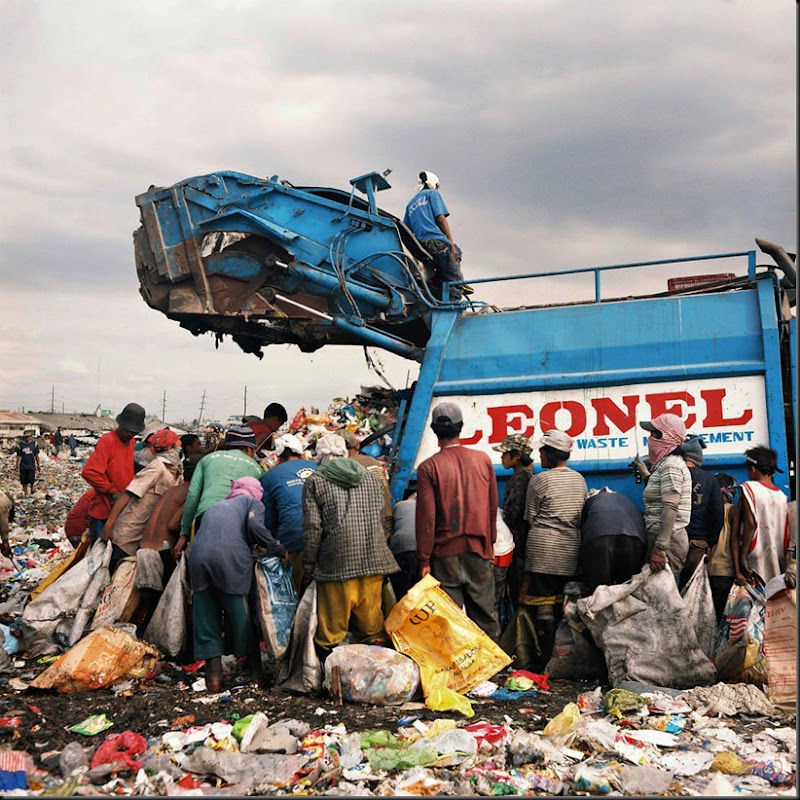





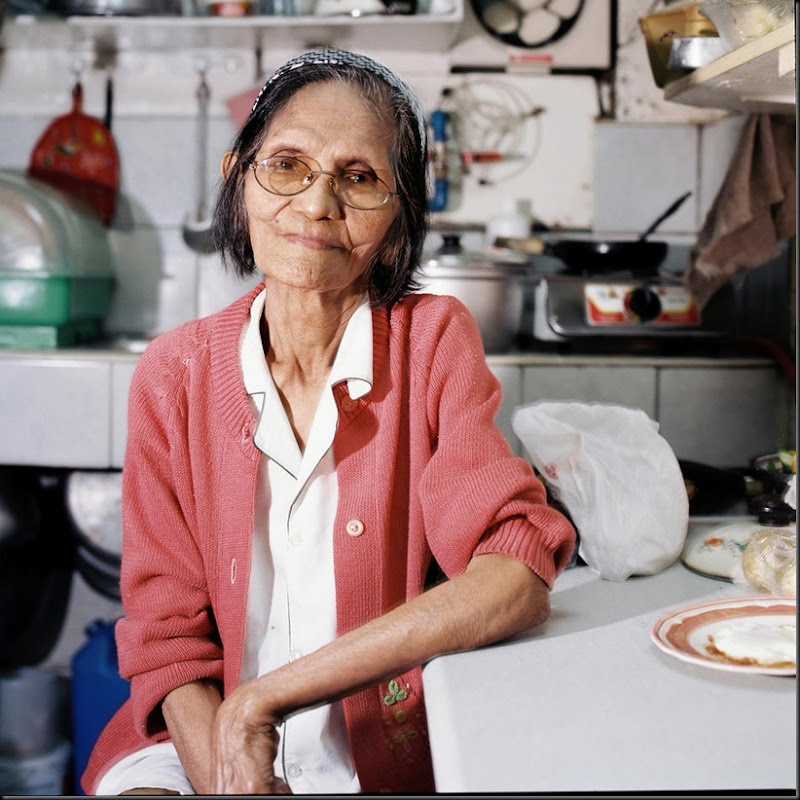
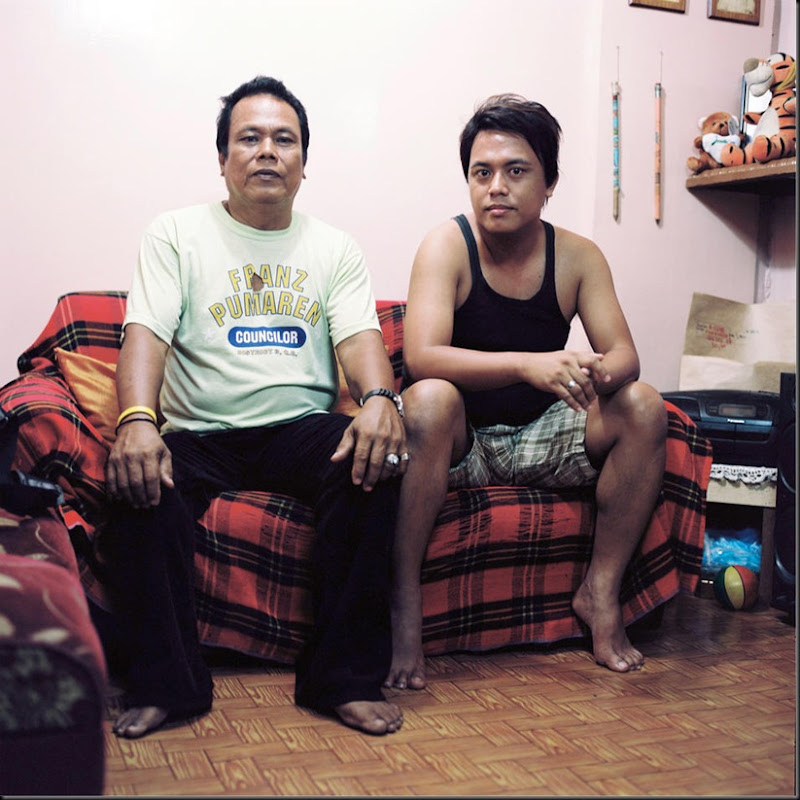





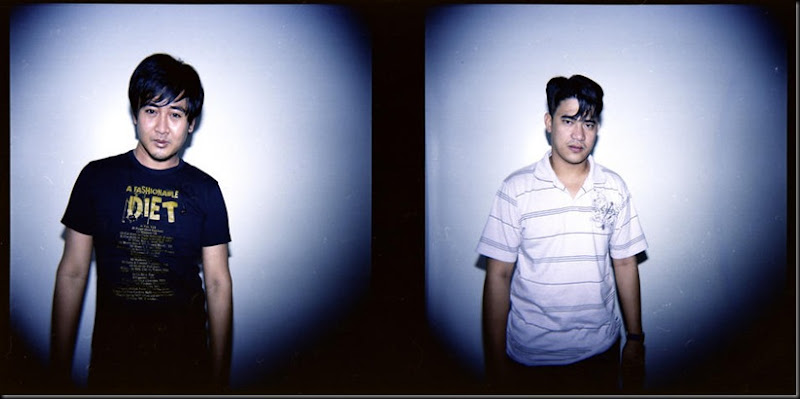
Nessun commento:
Posta un commento